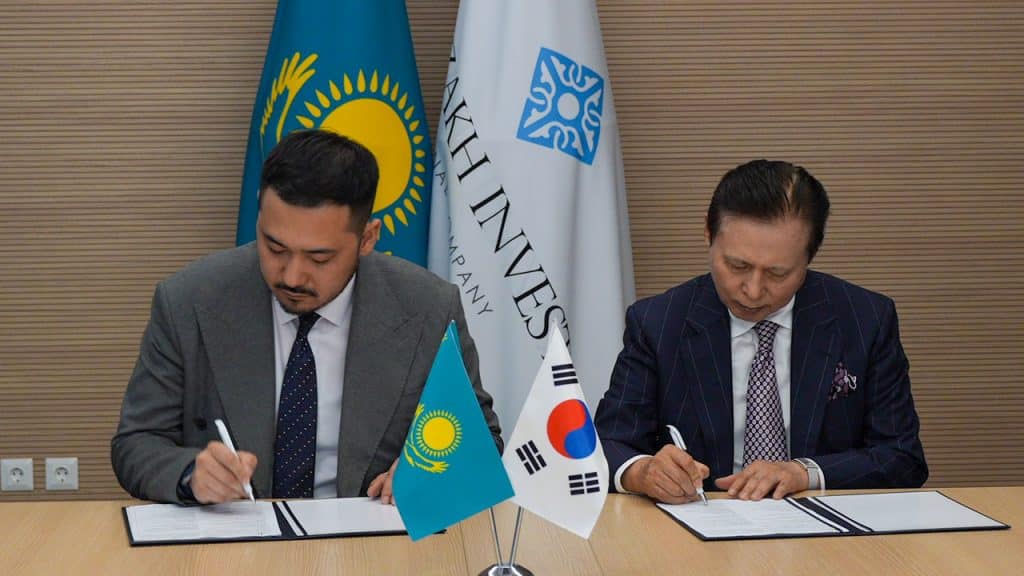Kazakhstan has taken another step toward realizing its green hydrogen ambitions, with JSC “NC “KAZAKH INVEST” and South Korean engineering firm YPP Corporation signing a framework agreement to develop a large-scale renewable hydrogen and ammonia complex.
The “Green Energy Complex,” as outlined, is projected to cost up to $3.1 billion and deliver up to 75,000 tonnes of green hydrogen and 310,000 tonnes of green ammonia annually.
The announcement follows a high-level meeting between Azamat Kozhanov, Deputy Chairman of KAZAKH INVEST, and John M. Bek, Chairman of YPP Corporation, aimed at strengthening bilateral cooperation in renewable energy investment. Central to the plan is the development of 2 GW of renewable energy capacity, including solar and wind, to power electrolysis and ammonia synthesis units. While a portion of the hydrogen and ammonia will serve domestic demand, the majority is earmarked for export — a growing focus for Kazakhstan’s hydrogen strategy.
Kazakhstan’s renewable resource base offers a competitive advantage. According to government estimates, the country has technical wind generation potential of 1,820 billion kWh per year and solar capacity of around 2.5 billion kWh. These figures, while theoretical, suggest a long-term strategic position for the country as a green hydrogen exporter — particularly to energy-importing nations in Europe and Asia.
Kozhanov underscored this potential, noting that “dozens of initiatives are already underway” and that partnerships like this one with YPP Corporation are essential to converting resource potential into actual production and export capacity. The inclusion of ammonia production, which allows hydrogen to be stabilized and shipped long distances, is also consistent with export-oriented green hydrogen strategies globally.
Beyond production, the agreement envisions infrastructure development, including logistics, energy storage, and water supply systems — critical elements for projects of this scale in landlocked and often water-scarce regions like Kazakhstan. There is also an emphasis on downstream integration, such as potential use of hydrogen in the modernization of combined heat and power (CHP) plants, particularly in the Almaty region.
The participation of potential offtakers such as Samsung C&T — while still under discussion — signals growing interest from large Asian conglomerates in securing future supplies of green hydrogen and ammonia. YPP’s John M. Bek pointed to Kazakhstan’s “unique natural conditions” and supportive investment climate as core reasons for selecting the country for such a flagship project.
Stay updated on the latest in energy! Follow us on LinkedIn, Facebook, and X for real-time news and insights. Don’t miss out on exclusive interviews and webinars—subscribe to our YouTube channel today! Join our community and be part of the conversation shaping the future of energy.





